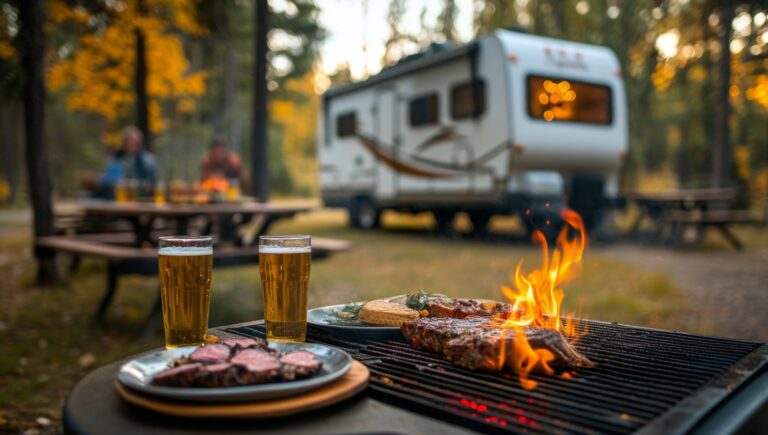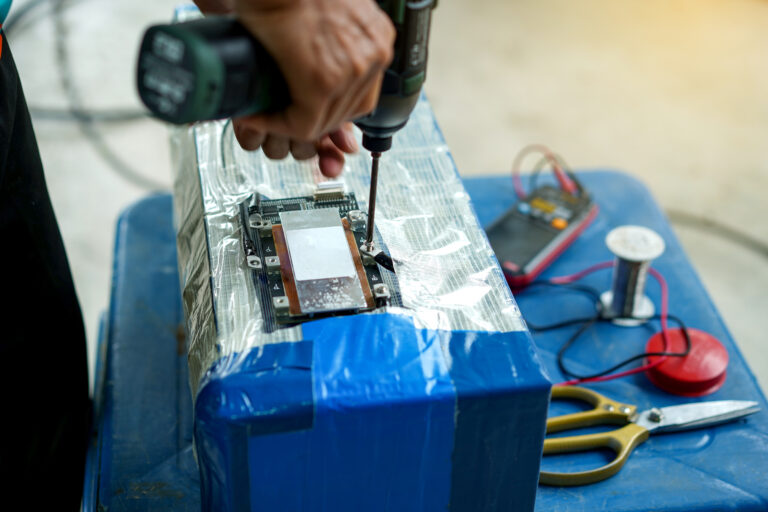So you’ve chosen to live life on the road in a cozy, wheeled box. Bravo! But when hurricane season rolls around, your RV could go from “home sweet home” to “home sweet… gone.” Here’s the deal: having an RV evacuation plan is like having a fire extinguisher—you hope you never need it, but you’ll be glad it’s there. Let’s dive into how to build one before you’re up a creek without a paddle—or worse, up a creek IN your RV.
Know Your Enemy: Hurricane Season Basics
First things first, let’s get our facts straight. Hurricane season runs from June 1 to November 30, and those bad boys really get going from late August to October. On average, the Atlantic sees about 12 named storms, 6 hurricanes, and 3 major hurricanes each year. And if you think your RV can “weather” the storm, think again. Mobile homes and hurricanes mix like oil and water. Trust me, I’ve seen my share of RVs turned into modern art sculptures by a Category 3.
Stay or Go: The Big Decision
Staying Put
- Pros: You avoid the evacuation traffic jam that looks like a parking lot from hell. Plus, you don’t have to scramble for a hotel room.
- Cons: You’re betting your rig on Mother Nature’s mercy. High winds and flooding aren’t exactly RV-friendly, and emergency services might be scarce.
Evacuating Early
- Pros: You’re out of harm’s way, with the luxury of choosing your escape route. Less stress, more safety.
- Cons: You might be running from a storm that never shows up—and that kind of wild goose chase isn’t cheap.
Using Your RV as a Getaway Vehicle
Pros
- You’ve got mobility and flexibility. No worries about overbooked hotels—you’ve got your bed with you.
- You’re self-contained. No need to rely on sketchy roadside motels.
Cons
- Your RV isn’t built for high winds and floods.
- Fuel shortages can leave you stranded. Meticulous planning is key—routes, refueling stops, and a backup for your backup.
The Adaptive Approach: Be Ready for Anything
Here’s the secret sauce: prepare for both scenarios. Have an evacuation plan, but also reinforce the RV in case you’re stuck staying. Think of it as a choose-your-own-adventure book, but with less fun and more potential for catastrophic outcomes.
Step-by-Step Evacuation Plan
1. Pre-Season Prep
- Check the Forecasts: Regularly monitor updates from
NOAA’s National Hurricane Center. - Map Out Routes: Plan multiple escape routes. Avoid surprises—especially the “out of gas in the middle of nowhere” kind.
- Fuel Up: Keep your tank full when a storm’s brewing. Don’t be the person siphoning from a lawnmower.
2. Emergency Kit Essentials
- Stock Up: Non-perishable food, water, first aid, and medications.
- Tech Prep: Charge all devices and carry battery backups (high-capacity power bank)
(Check it out)). - Important Docs: Keep ID, insurance, and key papers in a waterproof container
(document pouch)
(Check it out)).
3. Communication Plan
- Stay Informed: Weather radios and apps keep you in the loop
(NOAA weather radio)
(Check it out)). - Contact List: Keep emergency contacts handy and tell someone your plan.
4. Secure the RV
- Anchor Down: If you’re staying, retract awnings, secure loose items, and park on high ground.
- Disconnect Power: Unplug shore power to avoid electrical damage.
The Cost of Ignorance
Yes, evacuating costs money. But weigh that against the cost of replacing your RV—or risking your life. Peace of mind is worth more than a tank of diesel.
Last Words of Wisdom
Hurricanes are Mother Nature playing dodgeball with your RV. With a solid plan, you can dodge that ball with the grace of a seasoned pro—or at least not get knocked out in the first round. Remember: the goal isn’t just to keep your rig safe. It’s to keep you and your people safe.
Heads up: Some of the links in this post are affiliate links, which means I may earn a small commission if you buy through them—at no extra cost to you. Think of it as tossing a tip in the jar so I can keep creating helpful stuff (and maybe upgrade my lighting setup).





